Home>Home Appliances>Kitchen Appliances>How To Dial In An Espresso Machine
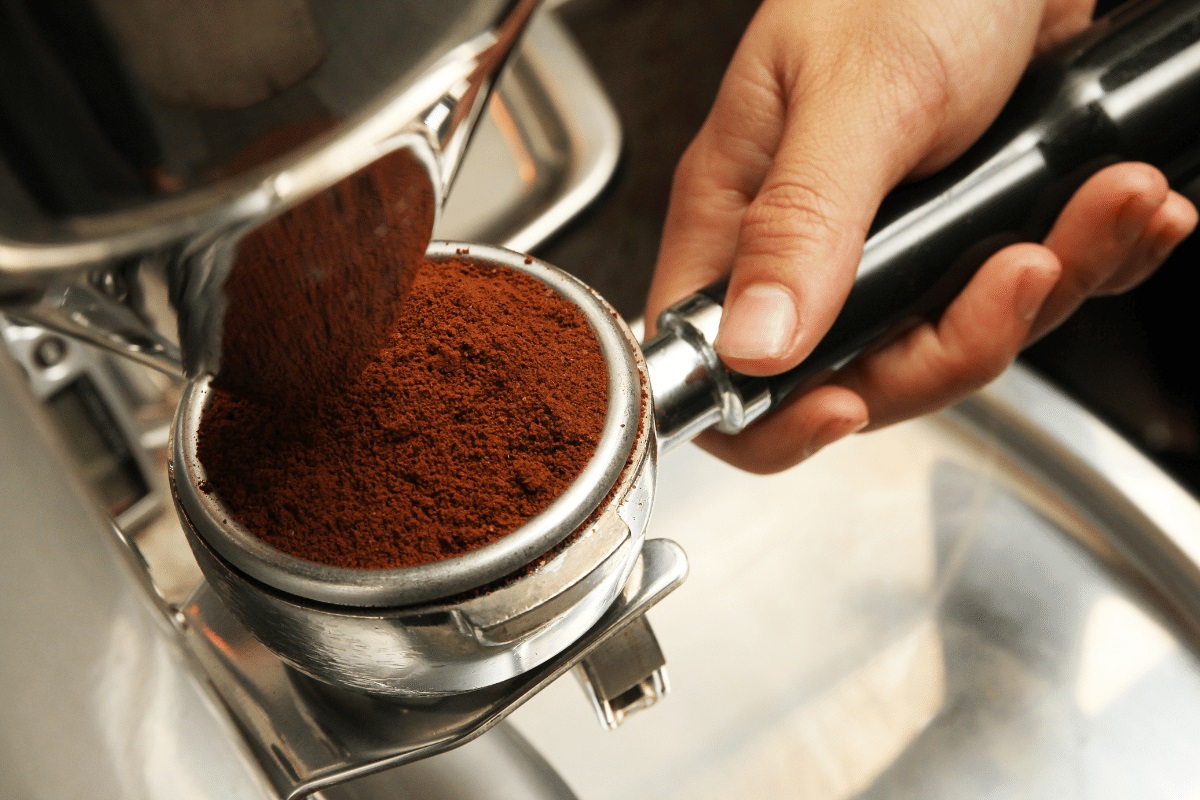

Kitchen Appliances
How To Dial In An Espresso Machine
Modified: August 16, 2024
Learn how to dial in your espresso machine for the perfect cup of coffee at home. Get expert tips and tricks for optimizing your kitchen appliances.
(Many of the links in this article redirect to a specific reviewed product. Your purchase of these products through affiliate links helps to generate commission for Storables.com, at no extra cost. Learn more)
Introduction
So, you've just invested in an espresso machine, and you're eager to brew that perfect cup of joe in the comfort of your own home. Congratulations! You're about to embark on a delightful journey into the art and science of espresso making. Dialing in an espresso machine is a crucial step in achieving that impeccable shot of espresso. It's the process of fine-tuning various factors to extract the best flavors from your coffee beans.
In this comprehensive guide, we'll delve into the intricacies of dialing in an espresso machine. From understanding the inner workings of your espresso machine to selecting the right coffee beans, grinding, tamping, and mastering brew ratios, we'll cover it all. We'll also discuss the step-by-step process of dialing in your espresso machine, testing and adjusting your shots, and troubleshooting common issues that may arise along the way.
By the end of this guide, you'll be equipped with the knowledge and skills to dial in your espresso machine like a seasoned barista. So, grab your favorite mug, and let's dive into the wonderful world of espresso brewing!
Key Takeaways:
- Mastering the art of dialing in an espresso machine involves understanding its components, selecting quality coffee beans, and refining the grind and tamping techniques to create the perfect shot of espresso.
- By experimenting with brew ratios, testing and adjusting shots, and troubleshooting common issues, you can refine your espresso brewing skills and create a delightful and rewarding sensory experience.
Read more: How To Fix An Espresso Machine
Understanding Your Espresso Machine
Before delving into the intricacies of dialing in your espresso machine, it's essential to comprehend its fundamental components and how they contribute to the brewing process. Espresso machines come in various types, including manual, semi-automatic, automatic, and super-automatic, each offering different levels of control and convenience.
Manual espresso machines, often favored by purists and enthusiasts, provide full control over the brewing process. Semi-automatic machines offer a balance of control and convenience, while automatic and super-automatic machines handle the entire brewing process at the push of a button.
Regardless of the type, all espresso machines consist of a few key elements. The boiler, responsible for heating water to the optimal brewing temperature, plays a critical role. The portafilter, a handle-equipped device that holds the coffee grounds, is another essential component. Understanding how these parts function together to produce espresso is vital in the dialing-in process.
Furthermore, familiarizing yourself with your machine’s specific features, such as pre-infusion settings, temperature control, and pressure profiling capabilities, will empower you to make precise adjustments during the dialing-in process. Whether your machine boasts advanced digital interfaces or traditional levers and gauges, mastering its nuances is the first step toward consistently exceptional espresso.
By comprehending the inner workings of your espresso machine and its unique capabilities, you’ll be better equipped to harness its full potential and craft exquisite espresso shots with confidence.
Selecting the Right Coffee Beans
Choosing the perfect coffee beans is a pivotal starting point in the quest for exceptional espresso. The flavor, aroma, and overall character of your espresso will be profoundly influenced by the beans you select. When perusing the vast array of options, consider factors such as the bean’s origin, roast level, and flavor profile.
First and foremost, it’s crucial to opt for high-quality, freshly roasted coffee beans. Ideally, seek out specialty coffee roasters renowned for their commitment to sourcing and roasting exceptional beans. Single-origin beans, which are sourced from a specific region or farm, offer a unique and nuanced flavor profile, allowing you to explore the distinct characteristics of different coffee-growing regions.
The roast level of the beans is another critical consideration. Lighter roasts tend to preserve the bean’s intrinsic flavors and nuances, making them well-suited for showcasing the unique qualities of the coffee. On the other hand, darker roasts yield bolder, richer flavors with prominent caramelized notes, often preferred in traditional espresso blends.
When exploring coffee beans for espresso, pay attention to their flavor profiles. Some beans exhibit bright acidity with floral and fruity notes, while others boast chocolatey, nutty, or spicy undertones. Understanding these flavor profiles will help you align the beans with your preferred taste preferences and brewing style.
For those who enjoy the art of experimentation, consider exploring different coffee bean varieties to discover the flavors that resonate with your palate. Many specialty coffee roasters offer sample packs or tasting sets, allowing you to embark on a sensory journey through a diverse selection of beans.
Ultimately, selecting the right coffee beans is a deeply personal and exploratory endeavor. By embracing the diversity of coffee origins, roast levels, and flavor profiles, you’ll uncover the beans that harmonize perfectly with your espresso machine, leading to a delightful and rewarding brewing experience.
Grinding Your Coffee
The process of grinding coffee is a crucial element in the pursuit of exceptional espresso. Achieving the ideal grind size and consistency is essential for extracting the flavors and aromas locked within the coffee beans. When it comes to espresso brewing, the grind size directly influences the rate of extraction and the overall quality of the shot.
Espresso requires a fine and consistent grind to facilitate the proper extraction of flavors within a short period. The grind size should resemble that of table salt or powdered sugar, with a texture that feels smooth to the touch. It’s imperative to invest in a high-quality burr grinder, as blade grinders often produce uneven particles, leading to an inconsistent extraction and subpar flavor in the final brew.
Adjusting the grind size is a delicate dance that involves fine-tuning based on factors such as the coffee beans’ freshness, roast level, and humidity. As a general rule, if the espresso shot pulls too quickly and tastes sour or weak, the grind should be finer. Conversely, if the shot pulls too slowly or tastes bitter and astringent, coarsening the grind may be necessary.
When dialing in your espresso machine, it’s essential to dedicate time to refining the grind size until you achieve the desired extraction time and flavor profile. Keep in mind that minor adjustments to the grind setting can yield significant changes in the resulting espresso, so patience and precision are key.
Moreover, it’s advisable to grind the coffee beans just before brewing to preserve their freshness and aromatic compounds. This ensures that the flavors are at their peak when they infuse into the espresso, resulting in a more vibrant and flavorful cup.
By mastering the art of grinding coffee to the perfect consistency and adjusting the grind size to suit different beans and brewing conditions, you’ll unlock the full potential of your espresso machine and savor the nuanced flavors inherent in every shot of espresso.
Tamping Your Coffee
Once the coffee grounds are precisely ground to the ideal consistency, the next crucial step in the espresso preparation process is tamping. Tamping is the act of compacting the coffee grounds into a uniform puck within the portafilter, creating a smooth and even surface for optimal water penetration during the extraction process.
When tamping, consistency is paramount. The applied pressure should be uniform to ensure an even extraction, allowing the water to flow through the puck evenly and extract the flavors uniformly. To achieve this, use a quality tamper that matches the size of your portafilter basket, providing a snug fit for consistent tamping.
It’s important to apply the right amount of pressure while tamping. Too little pressure can result in a loosely packed puck, leading to uneven extraction and potential channeling, where the water finds paths of least resistance through the puck. Conversely, excessive pressure can compact the grounds excessively, impeding water flow and resulting in an under-extracted brew.
When tamping, aim to exert approximately 30 pounds of downward force, though this can vary based on personal preference and the specific characteristics of the coffee. The tamping motion should be smooth and steady, ensuring that the grounds are evenly distributed and compacted throughout the portafilter.
Consistent tamping, combined with precise grind size and distribution of the coffee grounds, sets the stage for a balanced and flavorful extraction. As with all aspects of espresso preparation, practice and attention to detail will refine your tamping technique, leading to more consistent and satisfying shots of espresso.
Mastering the art of tamping is a rewarding endeavor that contributes to the overall quality and sensory experience of your espresso. With patience and dedication, you’ll develop a tactile understanding of the tamping process, enhancing your ability to craft exceptional espresso with each and every brew.
Read more: How To Make Espresso In A Machine
Understanding Brew Ratios
In the realm of espresso brewing, the concept of brew ratios holds significant importance in determining the strength, flavor, and overall balance of the final espresso shot. A brew ratio refers to the relationship between the amount of dry coffee grounds used and the yield of the extracted espresso. By manipulating this ratio, you can tailor the characteristics of the espresso to suit your preferences.
The standard brew ratio for espresso typically falls within the range of 1:1.5 to 1:2, meaning for every gram of dry coffee, you aim to extract between 1.5 to 2 grams of liquid espresso. This range allows for a spectrum of flavors and strengths, offering flexibility in achieving the desired taste profile.
A lower brew ratio, such as 1:1.5, results in a more concentrated and intense espresso with a robust body and bold flavors. On the other hand, a higher brew ratio, such as 1:2, yields a lighter-bodied espresso with a more balanced flavor profile and pronounced aromatic qualities.
When dialing in your espresso machine, experimenting with different brew ratios can significantly influence the flavor dynamics of the espresso. By adjusting the amount of coffee and the yield of the shot, you can fine-tune the strength, sweetness, acidity, and overall mouthfeel of the espresso to align with your preferences.
Furthermore, brew ratios play a pivotal role in crafting espresso-based beverages such as lattes, cappuccinos, and macchiatos. Understanding how variations in brew ratios impact the flavor and texture of the espresso allows you to create harmonious and well-balanced drinks that showcase the nuances of the coffee.
As you embark on your espresso brewing journey, exploring different brew ratios and observing their effects on the sensory characteristics of the espresso will deepen your appreciation for the art of extraction. By honing your understanding of brew ratios, you’ll gain the insight and proficiency to craft exquisite espresso tailored to your discerning taste.
Dialing in Your Espresso Machine
Dialing in an espresso machine is a meticulous and iterative process that involves fine-tuning various parameters to achieve the perfect extraction. This endeavor requires patience, precision, and a keen sensory awareness of the flavors, aromas, and visual cues that define an exceptional espresso shot.
The first step in dialing in your espresso machine is ensuring that the machine is preheated to the appropriate brewing temperature. Consistency in temperature is vital for extracting the flavors uniformly from the coffee grounds. Most espresso machines require a period of warm-up to reach the optimal temperature for brewing, typically around 195°F to 205°F.
Next, it’s essential to select and dose the appropriate amount of coffee for the portafilter. The coffee grounds should be distributed evenly and leveled within the portafilter basket to promote uniform extraction. Once the portafilter is locked into the group head, initiate the brewing process to observe the initial espresso flow.
During the initial extraction, pay close attention to the visual characteristics of the espresso as it flows from the portafilter. The ideal espresso shot should exhibit a consistent and steady stream of dark, syrupy liquid, known as the “mouse tail” or “tiger striping.” This visual cue indicates that the extraction is progressing evenly and optimally.
Simultaneously, observe the time it takes for the espresso to reach a predetermined yield, typically around 25 to 30 seconds for a double shot. This duration serves as a baseline for evaluating the extraction time and adjusting the grind size, which directly influences the rate of extraction.
If the extraction time is too rapid, resulting in a thin and underwhelming espresso, the grind size should be adjusted finer to slow down the extraction. Conversely, if the extraction is sluggish and yields a bitter, over-extracted espresso, coarsening the grind can rectify the issue.
Throughout the dialing-in process, it’s essential to document and track your adjustments, noting the grind settings, extraction times, and sensory characteristics of the resulting espresso. This systematic approach enables you to methodically refine the brewing parameters until you achieve the desired flavor profile and extraction quality.
By embracing the iterative nature of dialing in an espresso machine, you’ll develop a profound understanding of your equipment and the nuances of coffee extraction. This knowledge empowers you to consistently produce exquisite espresso that reflects your discerning taste and brewing expertise.
Testing and Adjusting Your Shots
Testing and adjusting your espresso shots is a dynamic and engaging process that allows you to fine-tune the brewing parameters and optimize the flavor profile of your espresso. Through sensory evaluation and precise adjustments, you can elevate the quality of each shot, refining it to perfection.
Upon extracting a shot of espresso, engage your senses to evaluate its sensory characteristics. Start by assessing the crema, the golden-hued layer that crowns the espresso. A rich, velvety crema is indicative of a well-executed extraction, reflecting the emulsification of oils and the release of aromatic compounds from the coffee.
Proceed to savor the aroma of the espresso, inhaling the complex bouquet of fragrant notes that emanate from the freshly extracted brew. The aroma provides insights into the coffee’s flavor profile, offering hints of floral, fruity, nutty, or chocolatey nuances that enrich the sensory experience.
As you take your first sip, pay attention to the espresso’s body, texture, and mouthfeel. A well-balanced espresso should exhibit a luscious and creamy texture, coating the palate with a harmonious blend of flavors. Note the sweetness, acidity, and overall balance of the espresso, discerning the interplay of its sensory attributes.
If the espresso lacks depth, exhibits a sour or bitter taste, or falls short in its aromatic complexity, adjustments to the brewing parameters are warranted. Referring to your documented grind settings and extraction times, make incremental modifications to the grind size, tamping pressure, or brew ratio to refine the shot’s characteristics.
After implementing adjustments, pull additional shots and reassess the sensory attributes to gauge the impact of the refinements. Through this iterative process of testing, adjusting, and reassessing, you’ll gradually hone the brewing parameters to achieve a superlative espresso that aligns with your taste preferences.
Embrace the art of experimentation and continual refinement, as each adjustment contributes to a deeper understanding of your espresso machine and the nuances of coffee extraction. With each iteration, you’ll inch closer to mastering the art of extracting exceptional espresso, creating a gratifying and rewarding journey of sensory exploration.
Always use freshly ground coffee beans for the best espresso. Adjust the grind size and dose to achieve the right extraction time and flavor profile.
Troubleshooting Common Issues
While dialing in an espresso machine, encountering occasional challenges is a natural part of the learning process. Understanding how to troubleshoot common issues empowers you to overcome obstacles and fine-tune your brewing technique, ultimately enhancing the quality of your espresso. Here are some prevalent issues and their potential solutions:
Read more: How To Calibrate An Espresso Machine
1. Rapid Extraction:
If the espresso flows too quickly, resulting in a weak and under-extracted shot, consider adjusting the grind size to a finer setting. A finer grind slows down the extraction, allowing the water to interact with the coffee grounds more effectively and yield a balanced, flavorful espresso.
2. Slow Extraction:
Conversely, if the espresso trickles out slowly and tastes bitter or astringent, coarsen the grind to expedite the extraction. A coarser grind facilitates a faster flow rate, preventing over-extraction and mitigating the bitter flavors often associated with prolonged extraction times.
3. Uneven Extraction:
Uneven extraction, characterized by patches of dark and light crema or varying flavors within the shot, may stem from inconsistent tamping pressure or uneven coffee distribution in the portafilter. Ensure that the coffee grounds are evenly distributed and leveled in the portafilter, and apply consistent, level tamping pressure to achieve a uniform puck for even extraction.
4. Bitterness or Sourness:
If the espresso exhibits pronounced bitterness, consider coarsening the grind slightly to reduce the extraction’s intensity. On the other hand, if the espresso tastes excessively sour, fine-tune the grind to a finer setting to intensify the extraction and balance the flavors.
Read more: How To Choose An Espresso Machine
5. Channeling:
Channeling occurs when water bypasses the coffee puck, resulting in an uneven extraction and a flawed espresso. To mitigate channeling, ensure that the coffee grounds are evenly distributed and tamped uniformly. Additionally, refine your tamping technique to create a level, compact puck that promotes even water distribution during extraction.
By recognizing these common issues and implementing targeted adjustments, you can troubleshoot and resolve brewing challenges, fostering a deeper understanding of your espresso machine and the intricacies of coffee extraction. Embrace these opportunities for refinement, as each troubleshooting endeavor contributes to your growth as a skilled and discerning home barista.
Conclusion
Congratulations on embarking on the exhilarating journey of dialing in your espresso machine! Through this comprehensive guide, you’ve gained valuable insights into the intricacies of crafting exceptional espresso at home. By understanding your espresso machine’s nuances, selecting the finest coffee beans, mastering the art of grinding and tamping, and comprehending the significance of brew ratios, you’ve laid a solid foundation for brewing exquisite espresso.
As you navigate the dialing-in process, remember that patience, precision, and a spirit of exploration are your allies. Embrace the iterative nature of espresso brewing, as each adjustment and refinement brings you closer to the perfect shot of espresso that resonates with your discerning palate.
By engaging your senses, testing and adjusting your shots, and troubleshooting common issues, you’ll refine your brewing technique and elevate the quality of your espresso. Embrace the art of experimentation, as it fosters a deeper understanding of the complexities of coffee extraction and the capabilities of your espresso machine.
Ultimately, the pursuit of dialing in an espresso machine is a gratifying endeavor that blends scientific precision with sensory artistry. As you immerse yourself in this craft, relish the moments of discovery, the subtle aromas that waft from the freshly extracted espresso, and the satisfaction of savoring a meticulously crafted cup of liquid gold.
With each carefully dialed-in shot, you’ll not only savor the fruits of your labor but also cultivate a profound appreciation for the craftsmanship and dedication that define the world of espresso. Whether you’re pursuing the perfect morning pick-me-up or sharing delightful espresso creations with friends and family, the journey of dialing in your espresso machine is a rich and rewarding pursuit that promises endless opportunities for growth and sensory delight.
So, with your newfound knowledge and a dash of creativity, venture forth with confidence, curiosity, and a steadfast commitment to the art of espresso brewing. May your espresso adventures be filled with aromatic triumphs, flavorful revelations, and the joy of crafting exceptional espresso that reflects your unique touch and brewing finesse.
Frequently Asked Questions about How To Dial In An Espresso Machine
Was this page helpful?
At Storables.com, we guarantee accurate and reliable information. Our content, validated by Expert Board Contributors, is crafted following stringent Editorial Policies. We're committed to providing you with well-researched, expert-backed insights for all your informational needs.
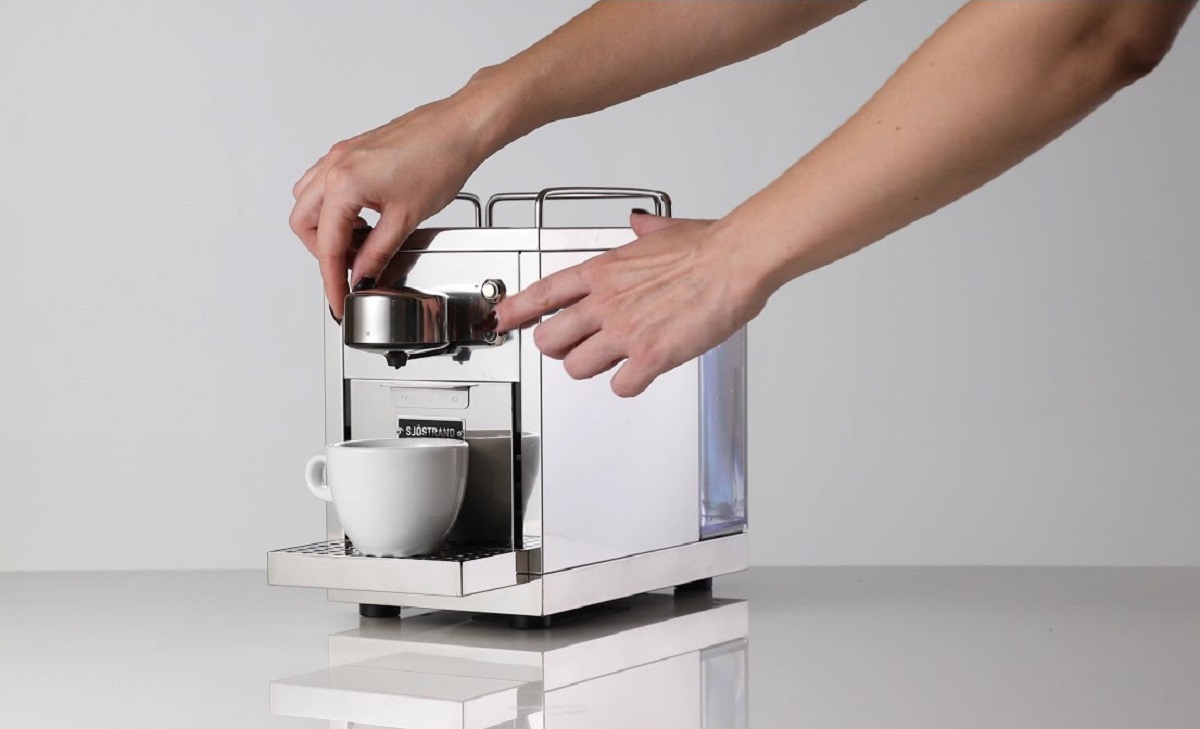
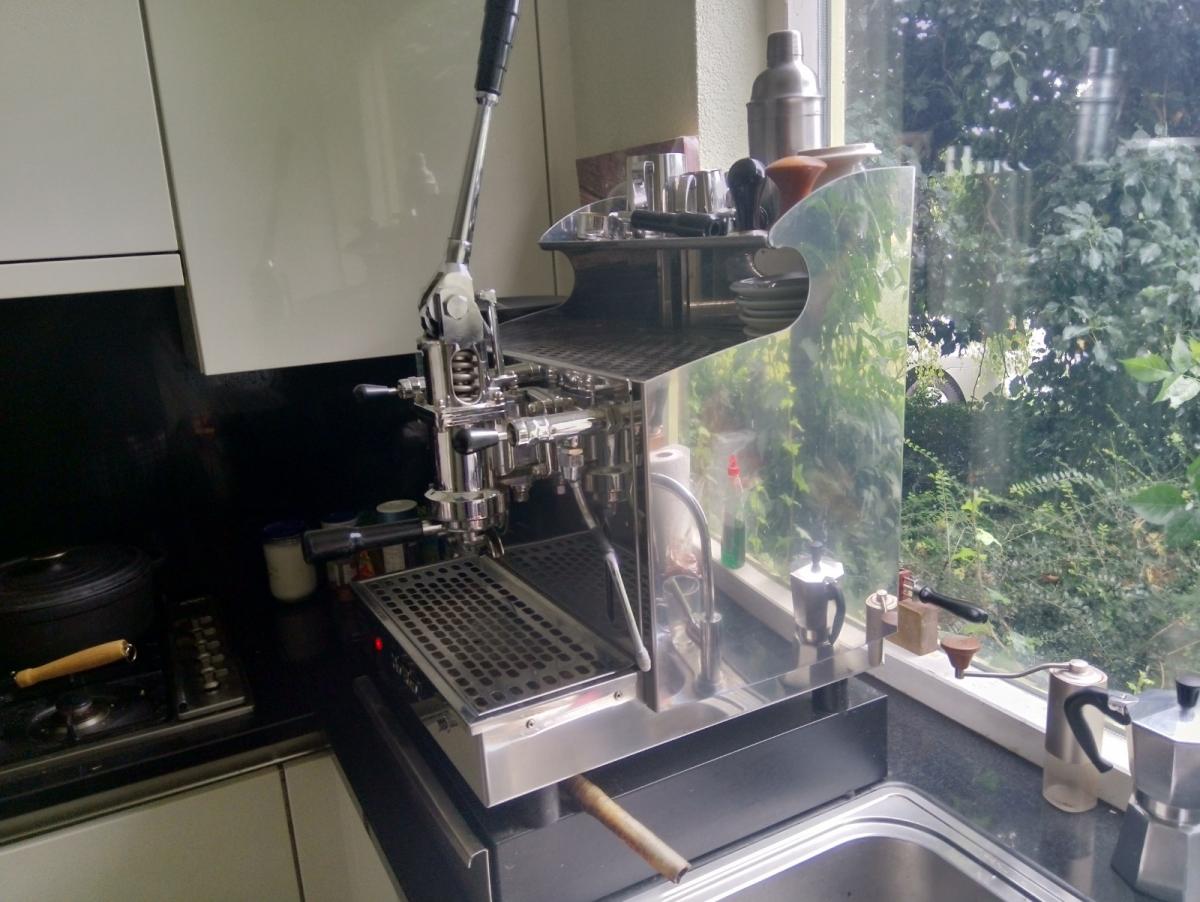
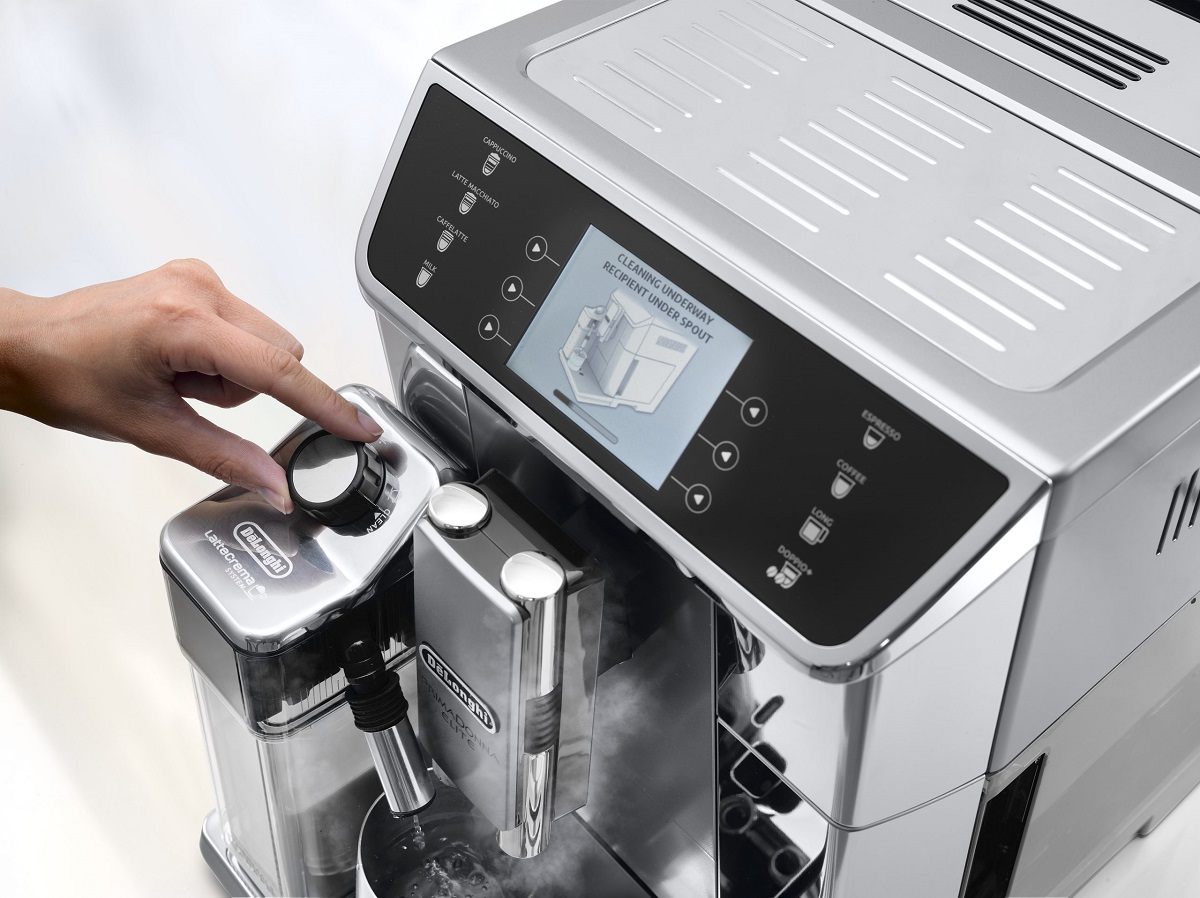
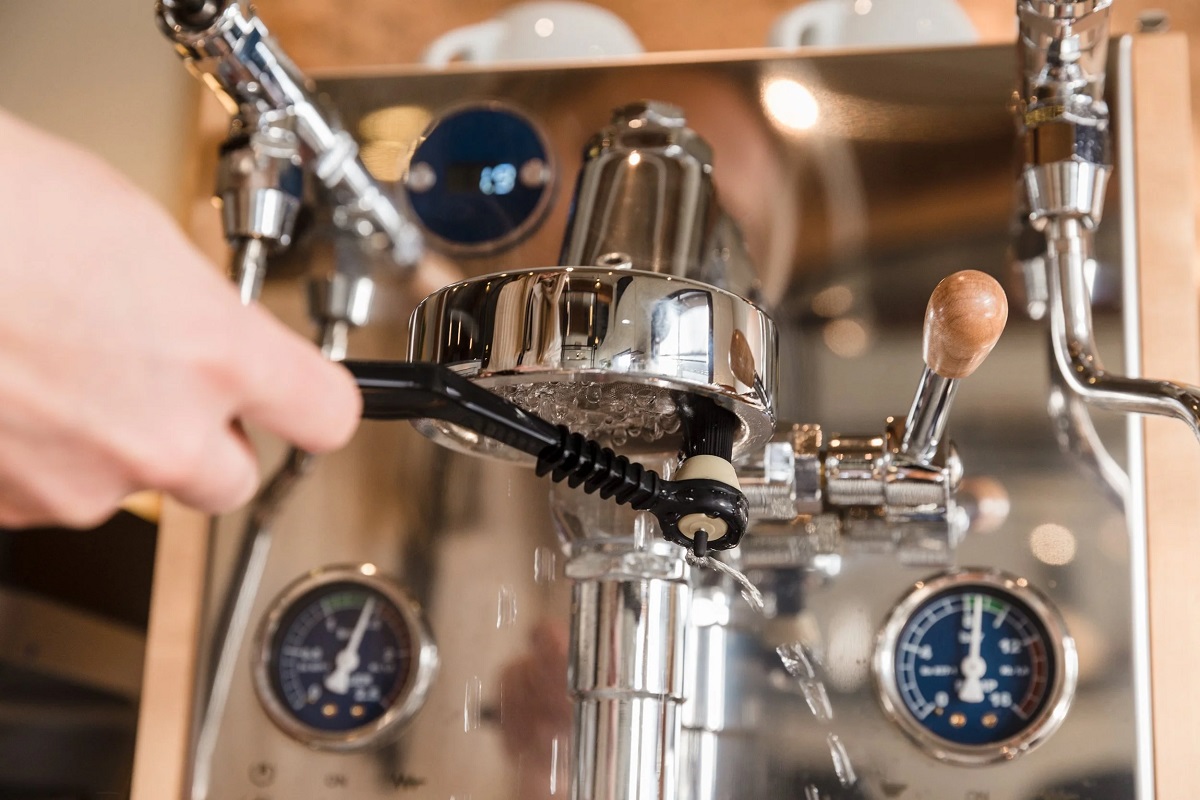
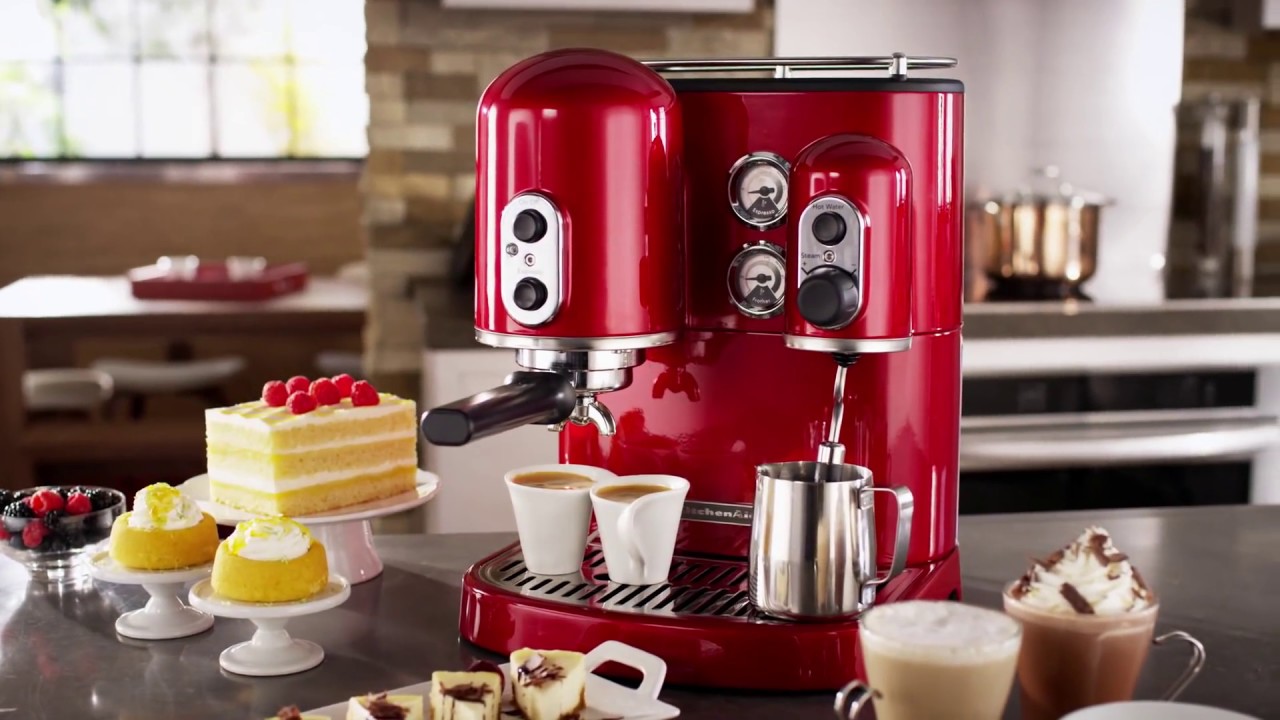
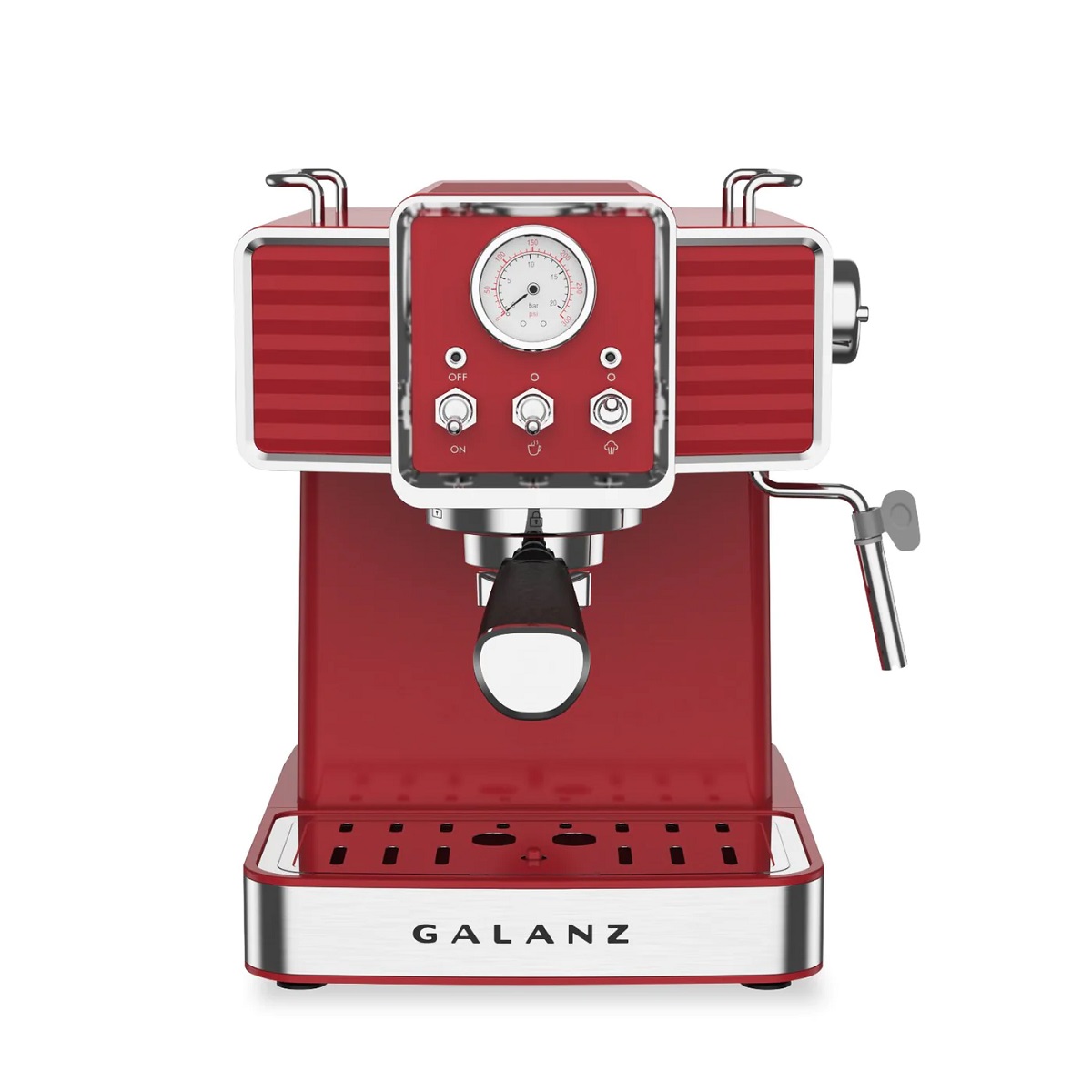
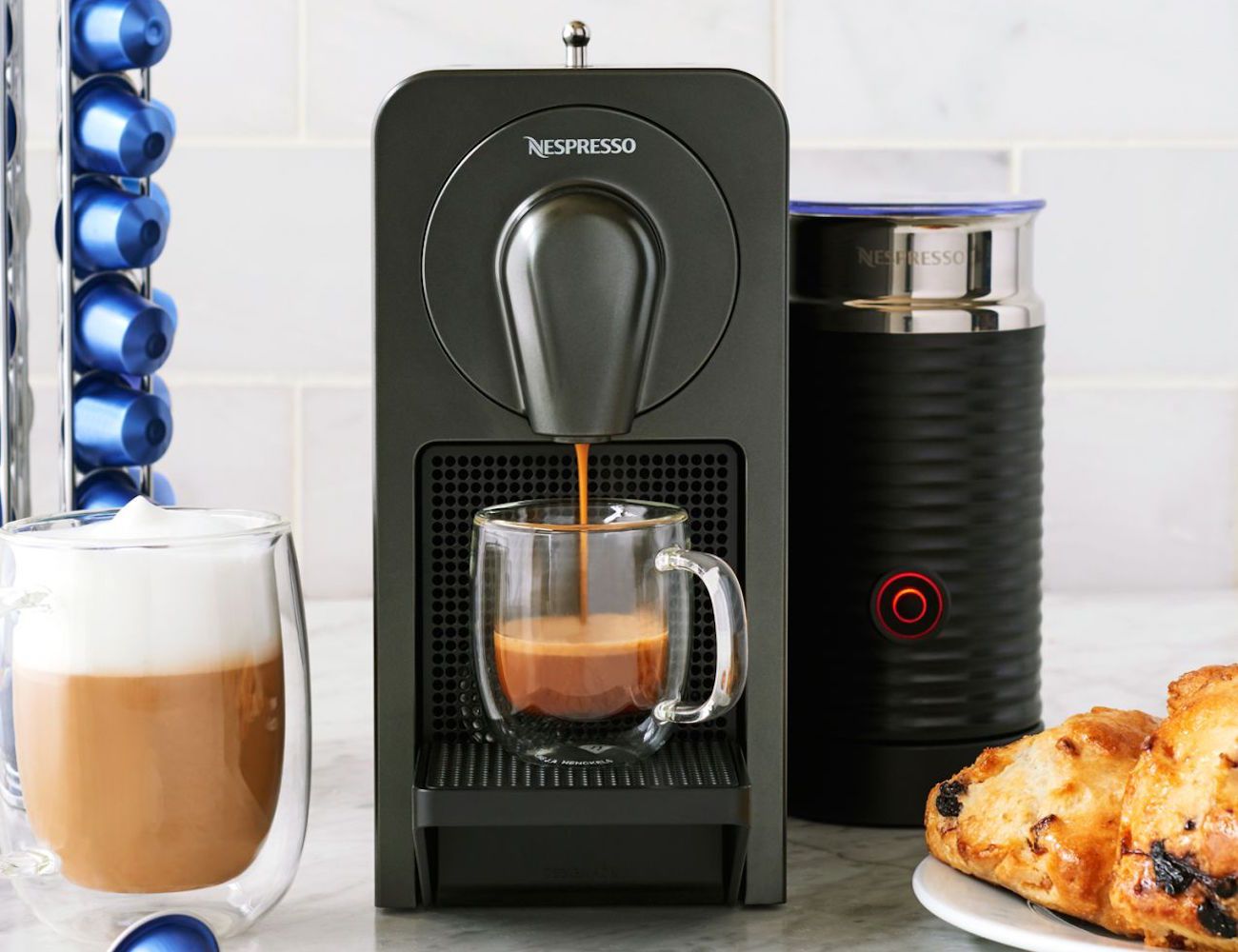

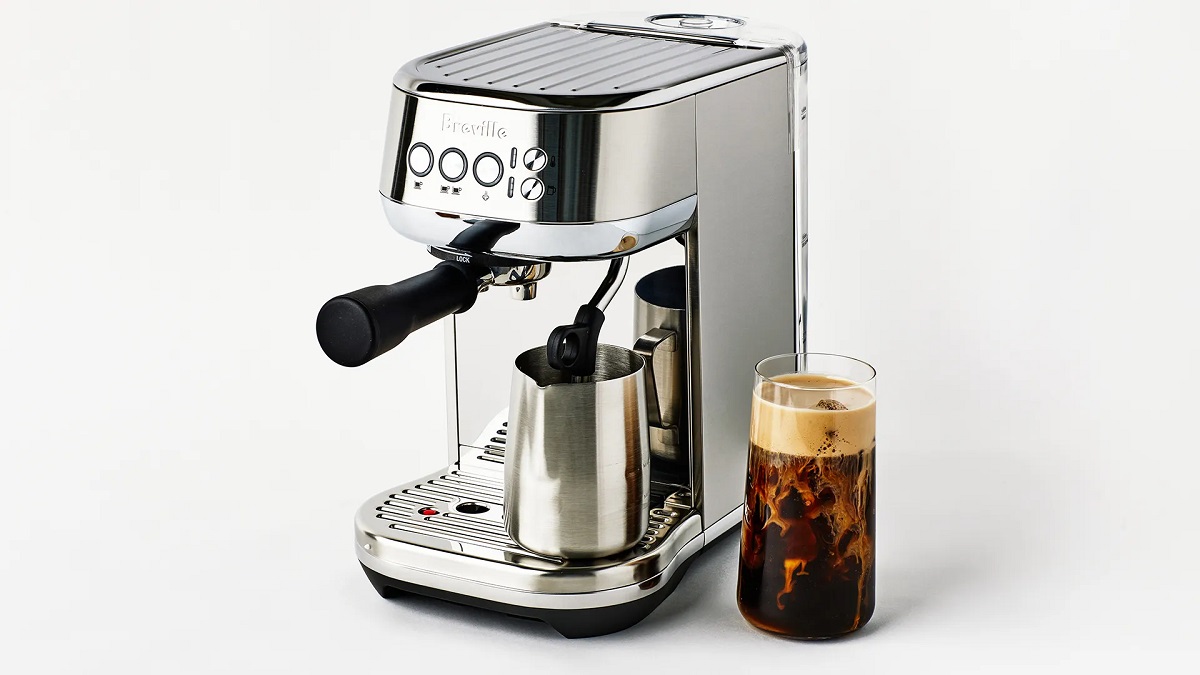
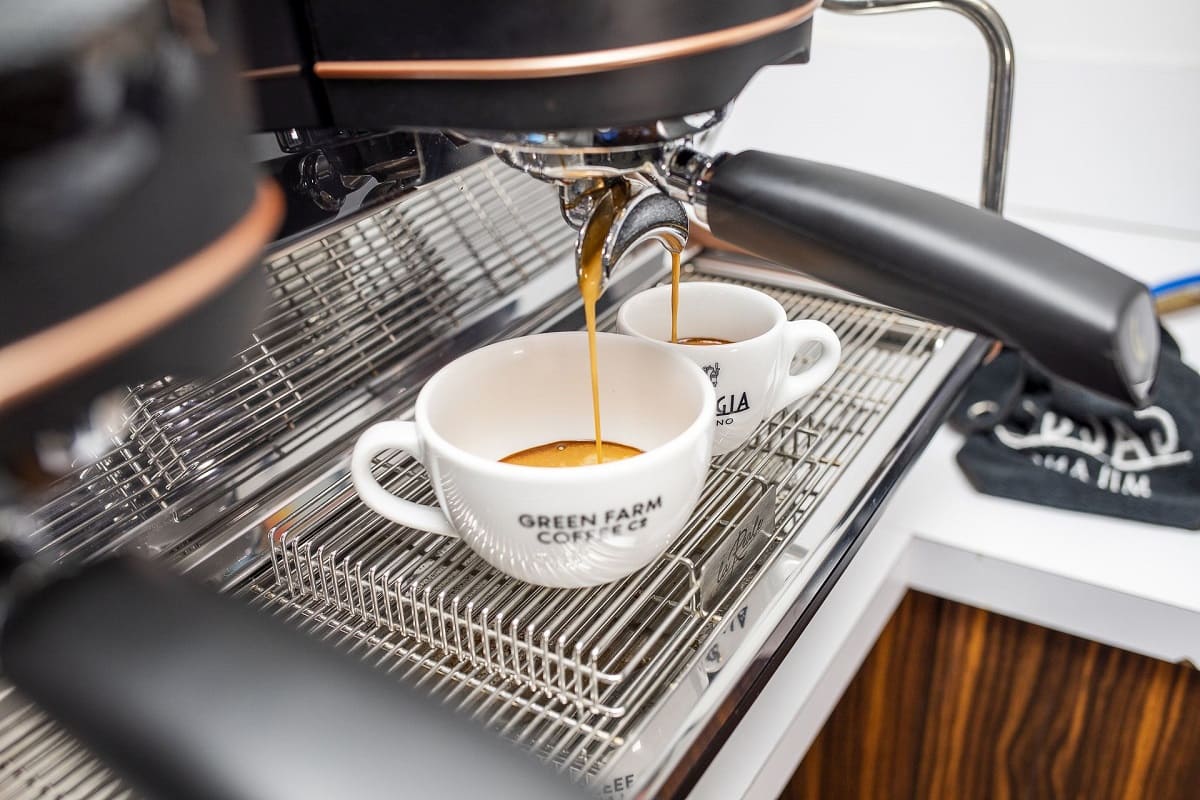
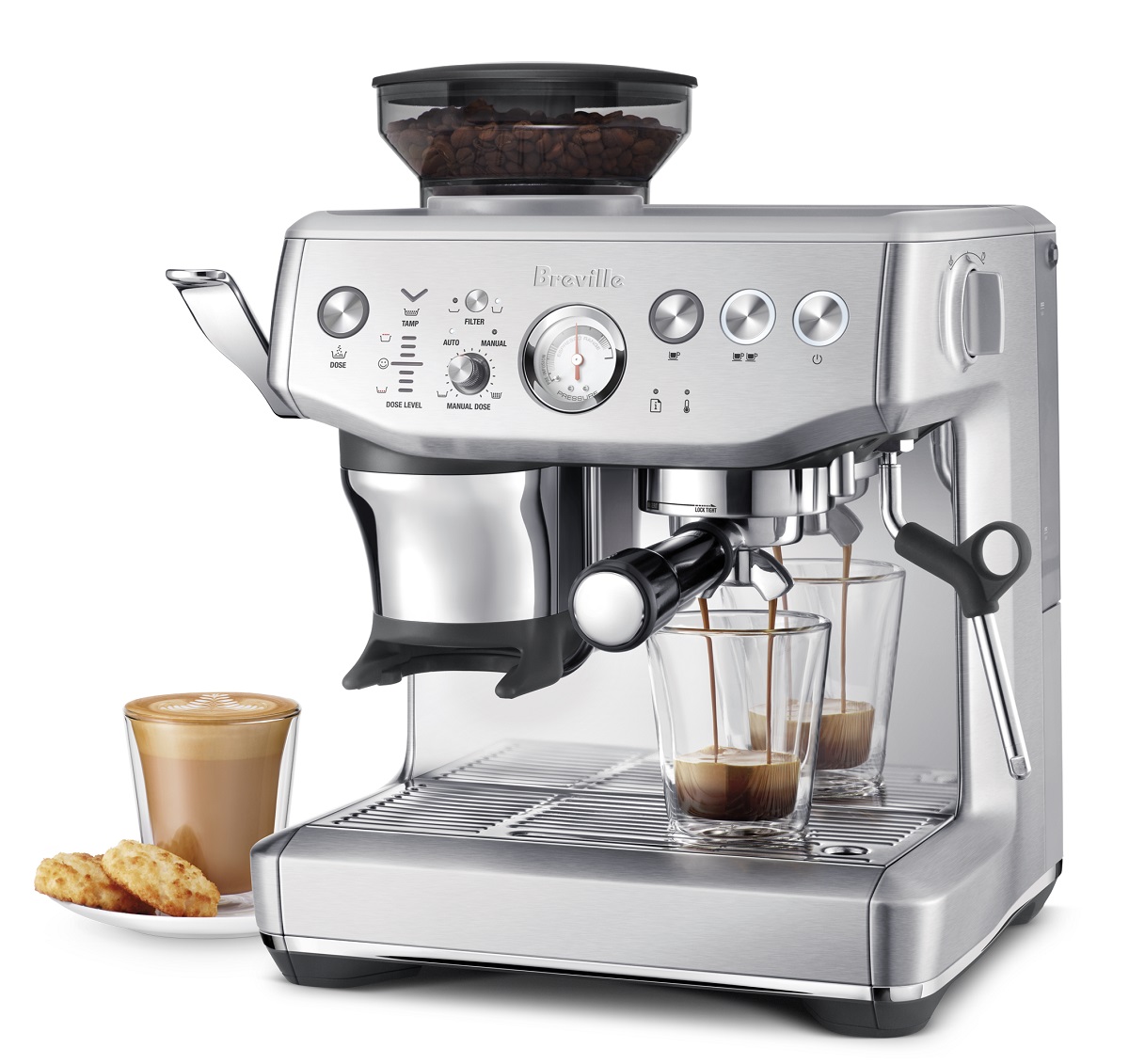
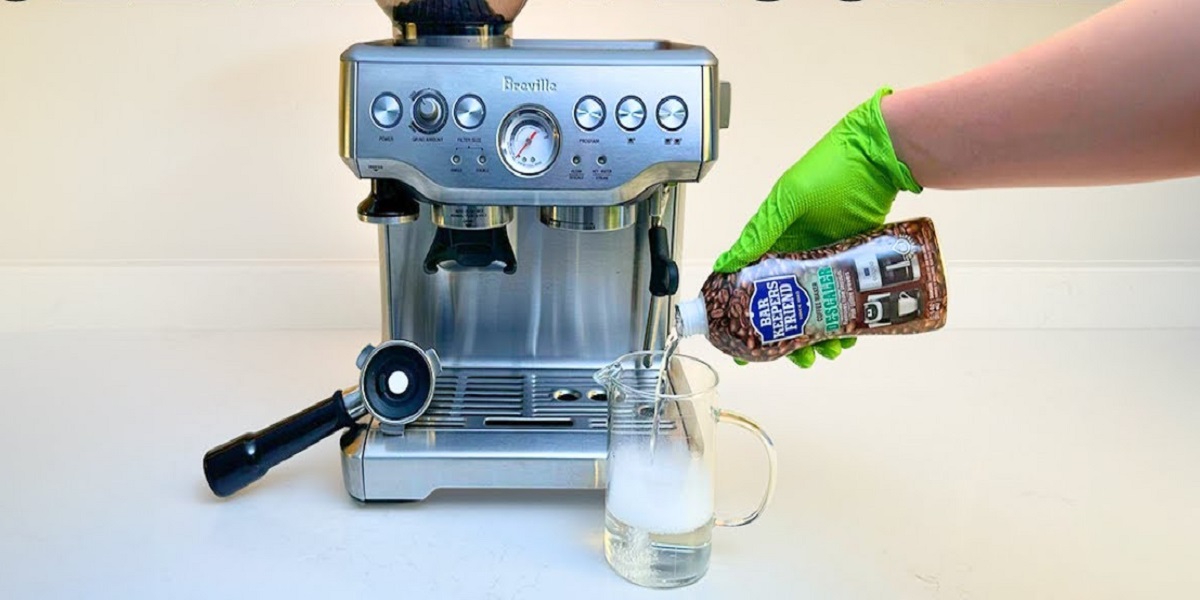

0 thoughts on “How To Dial In An Espresso Machine”